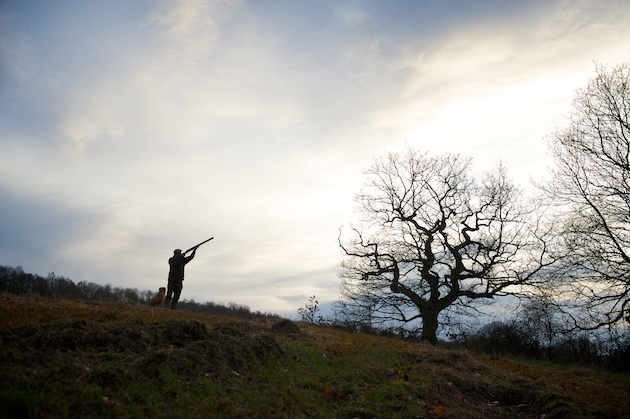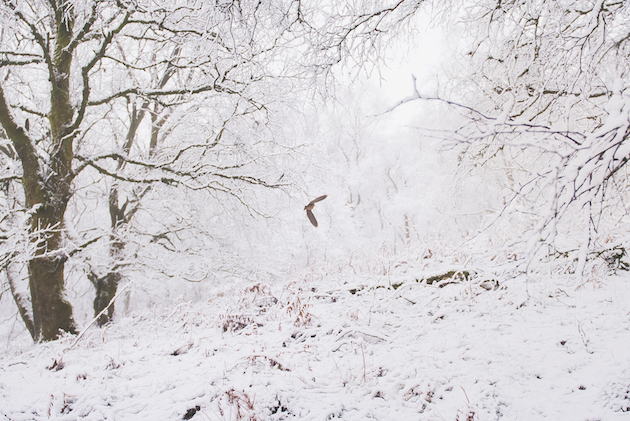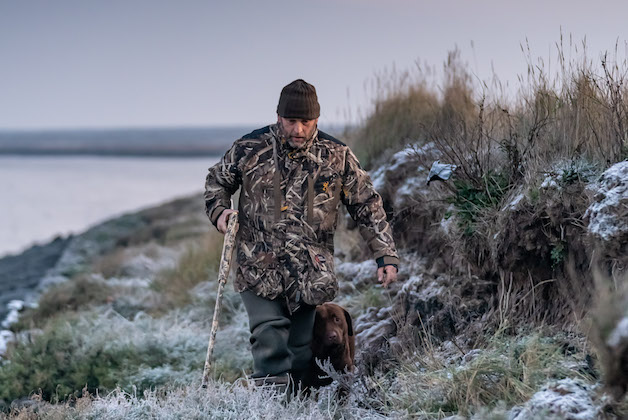Win CENS ProFlex DX5 earplugs worth £1,149 – enter here
Is January the finest month?
 Pen Drive
Usd 2 oct 13 nws 4
Usd SG june 14 frost
Usd 8 jan 20 jan sport
Pen Drive
Usd 2 oct 13 nws 4
Usd SG june 14 frost
Usd 8 jan 20 jan sport
January, for most of the nation, is the cruellest month. From Stornoway to the Scillies people are in credit card debt doldrums, their clothes no longer fit and family relations — after all that lovely time together at Christmas — are invariably fraught.
For those like you and me, however, January is the most wonderful time of the year. The migratory ducks are arriving in force on our shores and the cock pheasants are strutting about looking delightfully plump. The pheasants in particular are stronger, faster, wilder, and fly much higher than those early birds in the first week of October.
There is more meat and fat on them, making them better birds for the table. Not only have they improved their physical stature through the season but their behaviour has changed too. They are now well aware of the flightlines that will outsmart the Guns and will readily take their chance to double back if it becomes available. This makes them devilishly hard to anticipate and walked-up cock pheasants provide excellent sport.
Dr Joah Madden, associate professor of psychology at the University of Exeter, studied the behavioural aspects of pheasants in the season and found that shy birds manage to evade predators and Guns until the end of the season. So not all pheasants are ‘bird brained’; perhaps only the bold ones.
More selective shooting in January
Not only are the birds more switched on, but the Guns in the line generally are too. January becomes the time to clear up loose ends and make sure that the cock pheasant population is under control. All too frequently, shoots do not focus enough attention on the male gender and the hen pheasant suffers for it in the spring when she becomes overwhelmed by male visitors with only reproduction on their minds.
As a result, there is more selective shooting in January that takes a certain amount of concentration and no small amount of skill either. The day develops into a benefit for the shoot as well as for yourself.
Not only are the more experienced Guns called upon but the younger and less knowledgeable sportsmen are also offered a chance. These are the days for parents to stand behind their children and watch them experience a day’s shooting for the first time. To see someone succeed in downing their first bird is a sight you won’t forget in a hurry.
The young, in their Christmas holidays, get a first taste of the fieldsports life and it will never leave them. Once you have walked that hedgerow with a terrier to flush a partridge, or pushed through some bracken in the search for a rabbit or perhaps a woodcock, you will yearn for more.
The last month of 2019 was the wettest December ever recorded, with reports of floods almost every week. Whether or not this is due to climate change, one thing is certain: the seasons are shifting and January is becoming the new December, with colder weather, stronger winds and possible snow.
Scientists from University College London have forecasted an average temperature of 3.9°C in January 2020. This is more than three degrees lower than the average temperature in December. Because of this climatic shift, woodcock are becoming more frequent into the first month of the year as they have no need to migrate till later on.

Woodcock shooting in January is focused on the migrant birds rather than our resident population
Because we all want to preserve the population of our resident birds, we tend to leave woodcock throughout the season, adhering to the GWCT’s advice. But when the clock strikes midnight and the New Year starts, woodcock are definitely back on most of our quarry lists. Their jinking action, shifting through the trees, makes them devilishly tricky to shoot.
I recall shooting my first woodcock on a frosty January morning when I walked-up a woodland with a couple of friends. The woodcock decided at the very last moment that he should probably flee, giving me a lot more time than usual to swing my gun on to him. I plucked and roasted the woodcock for breakfast the next day.
Thrilling fishing
The rivers are largely left untouched in the winter for some reason. Even in January they hold thrilling sport. The grayling, or the “lady of the stream”, has been known to grow to more than 10lb. With every pound of weight, this fish fights harder than most and is tricky to fool with a fly. Not only are grayling tough fighters but they are also beautiful fish. Their colourful and prominent dorsal fins stand out in the cold wintry landscape.
Fieldsports artist Rodger McPhail painted a January scene with a grayling breaking the surface. When I asked him why not paint a cock pheasant or duck arriving on a pond, he shrugged and said: “They are all part of a January scene but each part has its own beauty.”
With the brown trout and salmon season closed, the banks are left to the few with a good sense of sport to cast a fly and bring a fish home for supper.
As the winds increase and the rains become sleet, the wildfowl begin to seek shelter and sustenance in the wild places that only true fowlers know. The wildfowler looks at the howling gale and horizontal rain and rushes to get his waders on.

The weather in January is generally more wintry, with strong winds and even snow
Real McCoy
I rang Richard Negus, a regular fowler on the Alde, and asked when I should come to Norfolk for some sport. “January is best,” he revealed. “There are plenty more birds in the sky and gone are the lazy days for flightpond idlers — January is for the real McCoys.”
January on the foreshore is a crowded place. The migratory birds squeeze in to create this mix of colours and sounds echoing across the estuaries and coastal marshes of the country. The birds are a memorable sight as they take to the air at the dawn chorus and flight across the brightening sky in formation. The wildfowler crouches in frozen mud as the formation draws ever closer, for that one chance to bring something back to the table.
It is a cherished sport that is even more special in January, when the harsh conditions and increased numbers of wildfowl on the foreshore give many a greater chance of success.
The same harsh wintry conditions that strip the leaves from the trees leaving them bare and naked give us some sport as well. Though the landscape may seem harsh and rather empty to some, I am overjoyed to see the first leaf fall in autumn. It is the first sign that winter is on its way and creates gaps in trees that allow a Gun to have a clear shot at a pigeon coming into roost or a pheasant escaping out the side.
Walking through woods in January is another of my favourite hobbies. The sight of an unfrosted squirrel drey or flighting pigeon always lifts the spirits.
With all these opportunities available to sportsmen in January, most species days take place at this time too. The organised — or relaxed — day brings the varied mix of the month’s sport into focus and shows you just how much can be enjoyed if you look for it. Without really even trying you could have 10 species in the bag and have enjoyed the most thrilling sport.
Gone are the days of roaring stags and cackling grouse. These are the greater days of jinking snipe through bogs, high curling pheasants, woodcock hiding in brambles, lofty pigeons in woodlands, whiffling geese on the foreshore, and duck tearing down on to frosted ponds.
Related Articles
Get the latest news delivered direct to your door
Subscribe to Shooting Times & Country
Discover the ultimate companion for field sports enthusiasts with Shooting Times & Country Magazine, the UK’s leading weekly publication that has been at the forefront of shooting culture since 1882. Subscribers gain access to expert tips, comprehensive gear reviews, seasonal advice and a vibrant community of like-minded shooters.
Save on shop price when you subscribe with weekly issues featuring in-depth articles on gundog training, exclusive member offers and access to the digital back issue library. A Shooting Times & Country subscription is more than a magazine, don’t just read about the countryside; immerse yourself in its most authoritative and engaging publication.







